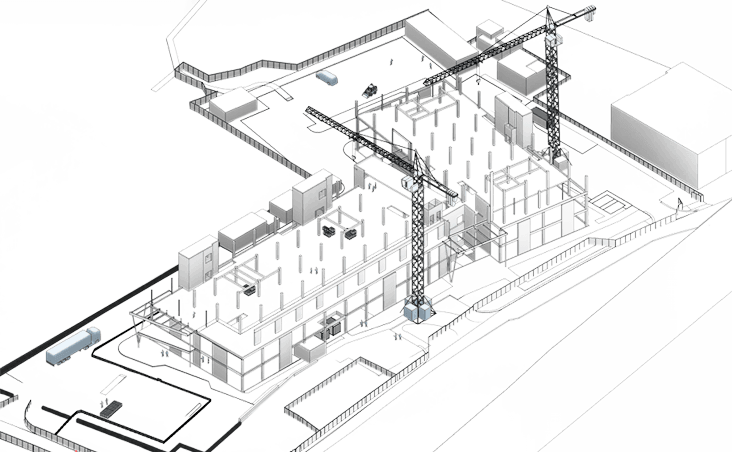Design & Information Validation
Our Design and Information Validation process ensures that all design elements and project data meet specified requirements and industry standards. We conduct thorough checks for accuracy, consistency, and data integrity across the entire project lifecycle. By validating information early and continuously, we minimise errors, streamline project delivery, and enhance asset management efficiency.

Methodology
Our BIM data verification and validation process is continuously optimised with the latest advancements in tools like Navisworks, Solibri, and Tandem. Guided by project-specific Asset Information Requirements (AIRs) and Execution Plans, our BIM experts conduct thorough geometric and data integrity checks. This meticulous approach provides clients with a level of assurance and accuracy that is often challenging to achieve in complex projects.
01
We begin by thoroughly reviewing the client's Information Requirements and Project Standards. This initial stage helps us define clear goals and objectives for the validation process while templating all requirements under project-specific parameters.
02
Next, we execute precise geometric and data validation using the most suitable software tools. We assess the quantity and quality of results and leverage data visualisation platforms like Power BI to present insights clearly to design teams and stakeholders.
03
Once the required Level of Information Need (LOIN) is met, we summarise the geometric and data integrity of the models. A comprehensive summary report is produced, designed to be easily understood by non-technical stakeholders, ensuring smooth handover via the Common Data Environment (CDE) and clarity for all parties involved.
Benefits

Elimination of "Data Silos"
Our BIM validation process unifies architectural, structural and MEP models, eliminating data silos. This boosts real-time collaboration, reduces miscommunication and ensures full project alignment.
Predictive Issue Resolution
Validated BIM models support predictive maintenance with standards like SFG20, identifying issues early to minimise delays and lower costs during construction and operation.
Smart Compliance Tracking
We use rule-based algorithms to validate BIM models against codes and standards, ensuring compliance, detecting issues early and streamlining audits to reduce risk and speed up delivery.




